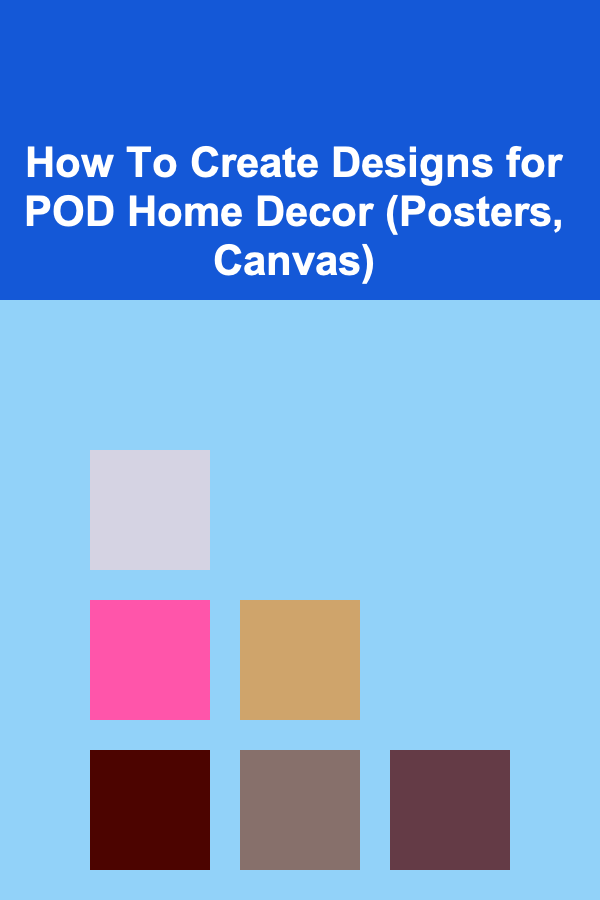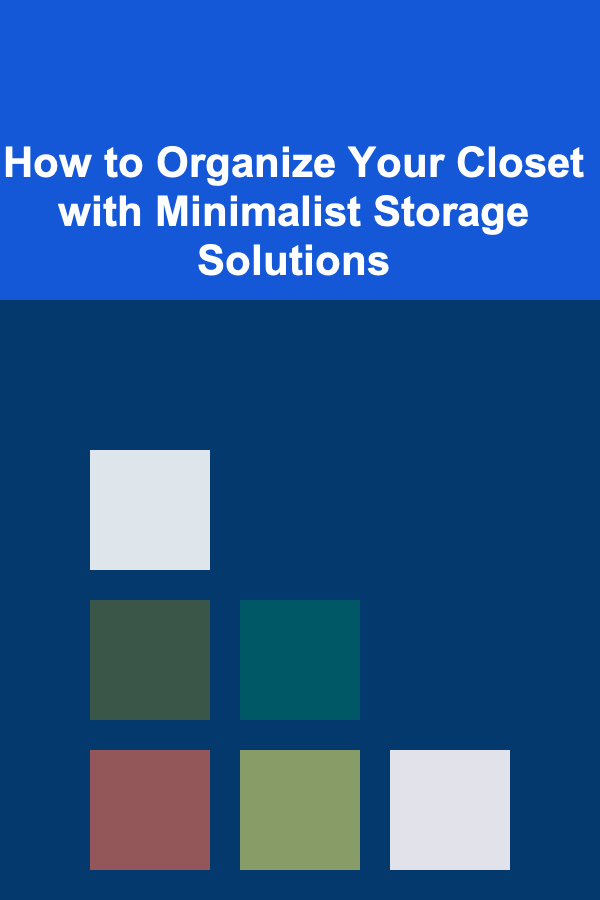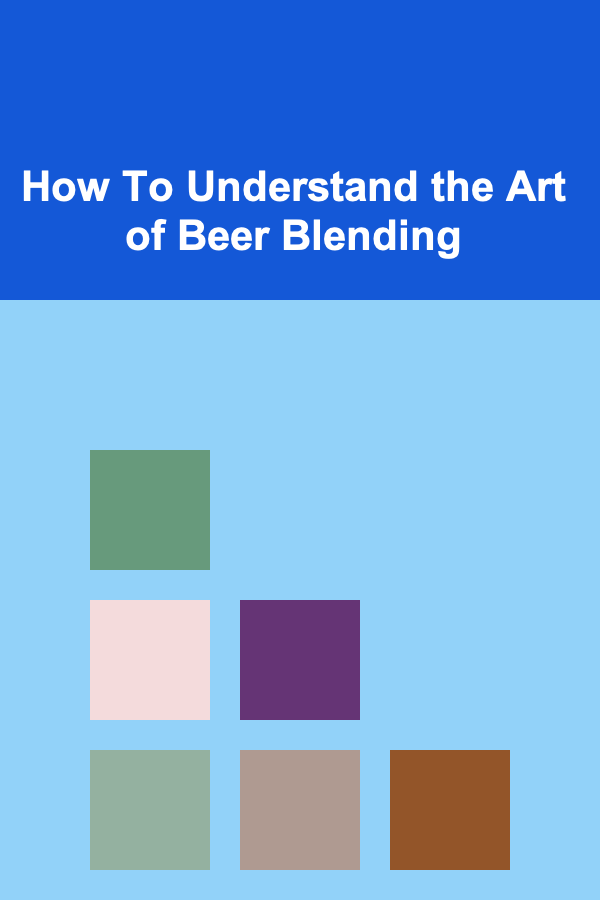
How To Create Designs for POD Home Decor (Posters, Canvas)
ebook include PDF & Audio bundle (Micro Guide)
$12.99$9.99
Limited Time Offer! Order within the next:

Creating designs for Print-On-Demand (POD) home decor, such as posters and canvases, is a great way to tap into a growing market of consumers who value personalized and unique items for their homes. Whether you're an experienced designer or someone looking to dive into the world of POD, understanding the process of creating compelling designs is essential. This guide will walk you through the steps of creating designs for POD home decor, from the initial concept to the final product.
The POD Home Decor Market: A Snapshot
Before diving into the creation process, it's important to understand the POD home decor market. Print-on-demand is a business model where products are only printed when an order is placed. This eliminates the need for upfront inventory costs and allows designers to create a wide range of customizable designs without the need to manage stock.
The home decor segment within POD is particularly lucrative due to the increasing trend of people seeking unique, personalized, and affordable ways to decorate their living spaces. Posters, canvas prints, wall art, and framed prints are among the most popular types of home decor items in the POD industry. These products allow customers to express their personalities, interests, and style without breaking the bank.
Step 1: Understanding Your Target Audience
Before you start designing, it's crucial to identify your target audience. Are you designing for a specific niche, such as minimalist home decor enthusiasts, abstract art lovers, or people who enjoy inspirational quotes? Understanding your audience will guide your design choices, helping you create artwork that resonates with potential buyers.
Key Considerations for Audience Research
- Demographics: Consider age, gender, location, and lifestyle. For example, millennials might prefer modern, trendy designs, while older buyers may be more interested in classic or traditional artwork.
- Trends: Stay updated with current trends in interior design and popular culture. Popular themes in home decor can include nature, animals, urban landscapes, abstract art, and typography.
- Aesthetic Preferences: Different audiences will be drawn to different styles---some may prefer minimalism, while others may enjoy bold, colorful designs or vintage aesthetics.
By having a clear picture of your target audience, you can design with intent and purpose, ensuring your products meet the expectations and preferences of your market.
Step 2: Tools and Software for Designing Home Decor
To create designs for POD home decor, you'll need to equip yourself with the right tools. Graphic design software enables you to create high-quality, scalable designs that can be printed on various products. Here are some of the most commonly used tools for POD design creation:
1. Adobe Photoshop
Adobe Photoshop is one of the most powerful design tools available. It's perfect for creating complex designs, editing photos, and working with raster-based artwork. It's particularly useful for creating posters and canvas designs where intricate details and photo manipulation are necessary.
Pros:
- Advanced photo editing capabilities.
- Layer management for non-destructive editing.
- Extensive font library for text-based designs.
Cons:
- Expensive subscription.
- Steep learning curve for beginners.
2. Adobe Illustrator
If your designs involve vector art, Adobe Illustrator is an essential tool. Illustrator allows you to create logos, illustrations, and typography that are scalable without losing quality, which is perfect for print on demand.
Pros:
- Excellent for vector-based designs (logos, illustrations).
- Precise control over shapes, lines, and curves.
- Can export to various file formats suitable for printing.
Cons:
- Subscription required.
- Can be overwhelming for beginners.
3. Canva
Canva is a user-friendly design tool that's great for beginners. It's a web-based platform that offers easy-to-use templates, drag-and-drop features, and access to a library of fonts, images, and elements. Canva is ideal for creating simple yet attractive designs for posters and canvas prints.
Pros:
- Free version available.
- Easy to use with drag-and-drop features.
- Large selection of pre-made templates.
Cons:
- Limited customization options compared to more advanced tools.
- Less control over fine details.
4. Procreate (for iPad)
Procreate is a drawing app that's great for digital artists. It offers a wide range of brushes, tools, and features for creating unique hand-drawn designs. If you're aiming to create custom illustrations for your POD home decor, Procreate is an excellent choice.
Pros:
- Ideal for hand-drawn and painted designs.
- One-time purchase (no subscription).
- Intuitive interface.
Cons:
- Only available on iPad.
- Limited in terms of vector-based design.
5. Affinity Designer
Affinity Designer is a more affordable alternative to Adobe Illustrator, offering robust vector and raster design tools. It's a great option for those who need professional-level design features without the ongoing subscription fees.
Pros:
- One-time payment (no subscription required).
- Full suite of vector and raster tools.
- Great for creating scalable designs.
Cons:
- Slightly less intuitive than Adobe Illustrator.
- Fewer online resources compared to Adobe tools.
Step 3: Choosing the Right Design Style
When designing for POD home decor, your design style should reflect the preferences of your target audience and the specific product you're creating. Let's take a look at some popular design styles that work well for home decor items like posters and canvas prints.
1. Minimalist Design
Minimalism is a highly popular design trend in modern home decor. With its clean lines, neutral colors, and simple compositions, minimalist designs are timeless and versatile. This style works particularly well for posters and canvas prints, as they can complement various types of interior decor.
2. Typography-Based Designs
Typography-based designs are perfect for creating posters that convey inspirational quotes, motivational messages, or even humorous sayings. By experimenting with different fonts, text layouts, and color schemes, you can create compelling designs that resonate with your audience. Hand-lettered fonts are particularly popular in this style.
3. Abstract Art
Abstract art is another popular choice for home decor. It allows for freedom of expression and can create a strong visual impact. Whether you're using bold geometric shapes or fluid brushstrokes, abstract art can add a dynamic and unique touch to a space.
4. Nature-Inspired Designs
Nature-themed artwork, such as landscapes, botanical illustrations, and animal portraits, continues to be a favorite among home decor buyers. These designs evoke a sense of calm and can help bring the outdoors inside. Whether it's a serene mountain scene or a vibrant botanical print, nature-inspired designs can suit a wide variety of tastes.
5. Vintage and Retro
Vintage and retro designs often feature nostalgic elements, such as old-school typography, faded colors, and retro patterns. This style appeals to buyers looking to add a touch of personality and history to their home. Posters with vintage typography or retro color palettes can evoke a sense of nostalgia and charm.
Step 4: Design Considerations for Print
When creating designs for POD home decor, there are certain technical considerations you must keep in mind to ensure your artwork is print-ready.
1. Resolution and DPI
Resolution is critical when designing for print. Low-resolution images can appear pixelated or blurry when printed, so it's essential to create your designs at a high resolution. Aim for a minimum of 300 DPI (dots per inch) to ensure your design looks sharp and clear when printed.
2. Aspect Ratio and Dimensions
Different POD platforms will have different size requirements for posters and canvas prints. Be sure to check the specific dimensions required for the products you're designing. Common sizes for posters include 18"x24", 24"x36", and 16"x20". For canvas prints, popular sizes are 12"x16", 16"x20", and 20"x30". Designing at the right aspect ratio ensures that your artwork will fit the product without being distorted or cropped.
3. Color Mode
When designing for print, always use CMYK (Cyan, Magenta, Yellow, Key/Black) color mode instead of RGB (Red, Green, Blue). CMYK is the color model used in printing, while RGB is optimized for screens. Converting to CMYK ensures your colors appear as intended when printed.
4. Bleed and Margins
To avoid white edges when the design is printed, ensure your artwork has a bleed. The bleed is an extra margin (usually around 0.125 inches) added to the edges of your design that gets trimmed off during the printing process. Additionally, ensure important elements of your design are kept within safe margins to avoid being cut off.
Step 5: Uploading to POD Platforms
Once you've created your design, the next step is to upload it to a POD platform. Popular platforms for home decor products include Printful, Gooten, and Society6. These platforms allow you to upload your designs and apply them to various products, including posters, canvas prints, and framed prints.
Key Steps for Uploading Designs:
- Select the Product: Choose the home decor product you want to create, such as a poster or canvas print.
- Upload Your Design: Upload your high-resolution design file, ensuring it meets the platform's specifications.
- Position Your Design: Adjust your design placement to ensure it's centered and properly aligned on the product.
- Preview and Adjust: Most POD platforms provide a preview tool to see how your design will look on the product. Use this to make adjustments if needed.
- Set Pricing and Descriptions: After uploading, set the price for your product and write a compelling product description that highlights its features and appeal.
Step 6: Marketing Your POD Home Decor
Creating great designs is only one part of the process. To succeed in the POD home decor market, you need to market your products effectively. Here are a few strategies to help you promote your designs:
- Social Media Marketing: Showcase your designs on platforms like Instagram, Pinterest, and Facebook. Use relevant hashtags and post regularly to engage with your audience.
- Content Marketing: Write blog posts or create videos about home decor trends, design inspiration, and tips on how to decorate with your products. This can drive traffic to your store.
- Paid Advertising: Invest in targeted ads on platforms like Facebook and Instagram to reach potential customers who are interested in home decor.
Conclusion
Creating designs for POD home decor, such as posters and canvas prints, offers an exciting opportunity for designers to showcase their creativity while tapping into a growing market. By understanding your target audience, using the right design tools, choosing the appropriate design style, and ensuring your artwork is print-ready, you can create designs that stand out in the marketplace. With effective marketing and a strong online presence, you can turn your passion for design into a successful POD business.

How to Build a Checklist for Planning a Kitchen Renovation
Read More
How to Create a Data Analysis Checklist for Documenting Your Process
Read More
How to Leverage User-Generated Content for Dropshipping Marketing
Read More
How to Organize Your Closet with Minimalist Storage Solutions
Read More
How To Understand the Art of Beer Blending
Read More
How to Balance Teaching, Research, and Service as a Professor
Read MoreOther Products

How to Build a Checklist for Planning a Kitchen Renovation
Read More
How to Create a Data Analysis Checklist for Documenting Your Process
Read More
How to Leverage User-Generated Content for Dropshipping Marketing
Read More
How to Organize Your Closet with Minimalist Storage Solutions
Read More
How To Understand the Art of Beer Blending
Read More